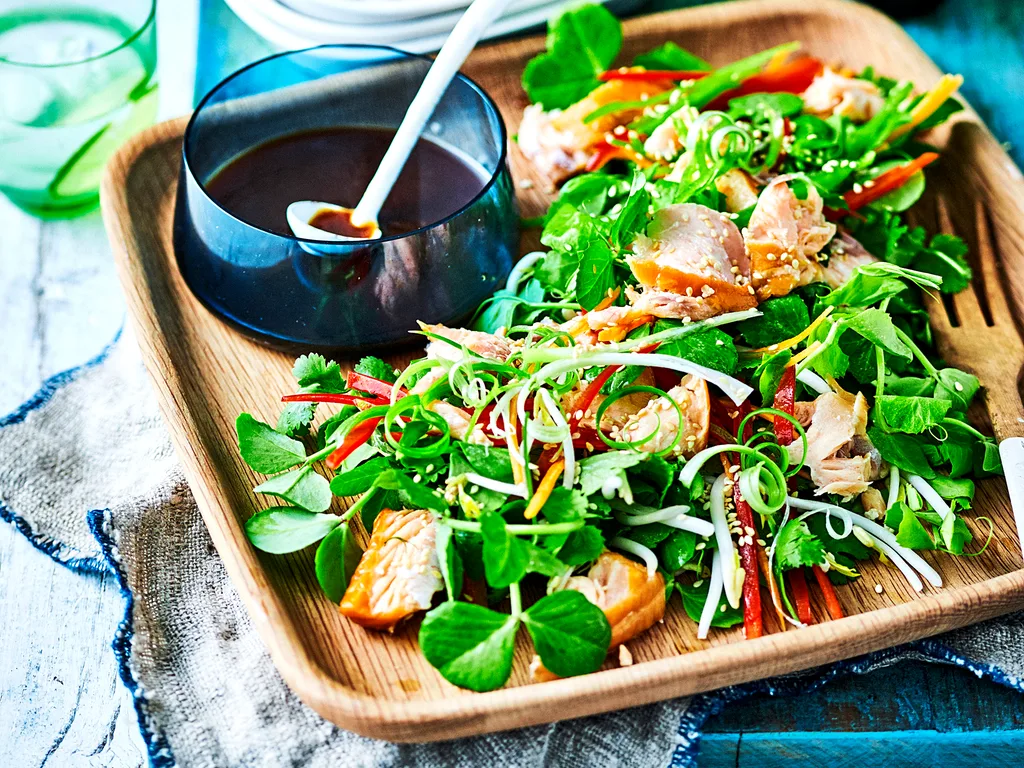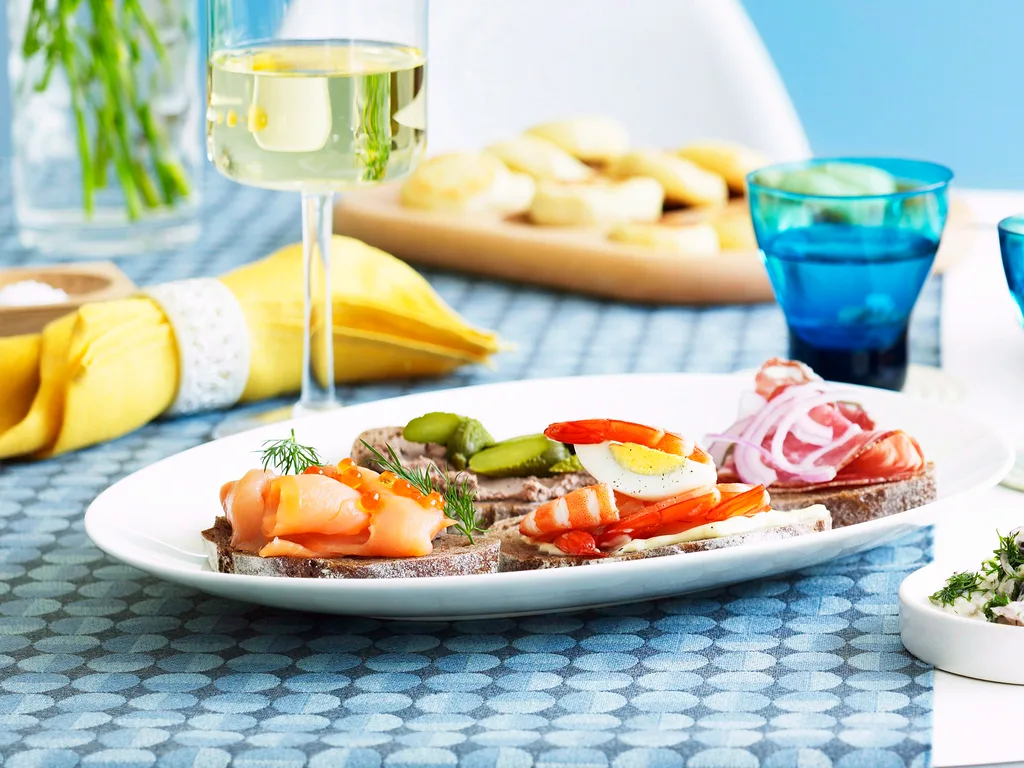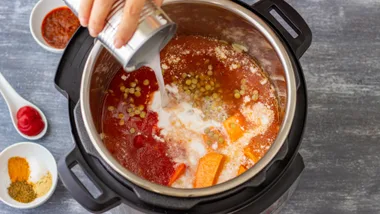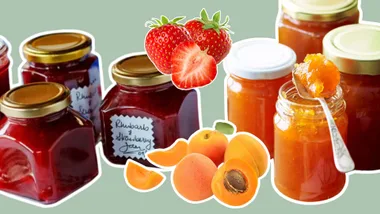Taking out four of the top five spots in the World Happiness Index three years running in no mean feat. While Australia hovers around spots nine and ten, Scandinavian countries like Denmark, Norway and Finland are consistently topping the charts.
Perhaps, just like the Mediterranean diet has been linked to healthier, longer lives, the eating habits of our North-European friends is associated with their levels of happiness.
It’s ranked as one of the healthiest lifestyles on Earth and it’s a world away from our tucker Down Under.
Fish Feasts
For a country obsessed with the ocean, you’d think we’d be giving the Scandinavians a run for their money when it comes to seafood. However, these underwater wonders play a far more significant role in the Scandinavian diet.
The average Aussie only eats 25 kilograms of fish of year. Compare this, say, to the Norwegians who chow down on twice as much, at around 50kgs each year. In Iceland, that number jumps to a whopping 90kgs.
But, there’s no canned tuna here. Instead, the diet incorporates deep-sea fish such as salmon and mackerel. Known for their naturally high levels of omega-3 fats, this fishy protein is not only linked to a healthy heart but will increase satiety, meaning we feel fuller for longer and naturally eat less.
It’s no wonder Norway reports a mere five per cent of their population are obese compared to Australia’s eighteen.
Big Breakfasts
Bring that cafe-style big brekky into your daily diet without the guilt – it’s working for the Swedes!
But you might want to hold on the sourdough toast, for it’s a protein-based breakfast that seems to be the trick. Much like the high-fat, low-carb diet trend, the Scandinavian spread is advocating all things eggs, meats and fish.
These high-protein options are designed to keep you going until lunch without reaching for the snacks.

This salmon salad is an easy way to serve up your healthy fish.
Carb Cutting
The Scandinavian diet is less about forbidding certain foods than it is about finding healthier replacements.
Pasta, rice and most breads don’t make the cut (the exception is the occasionally slice of a heavy, dark rye) but you will find filling root veggies such as sweet potatoes, parsnips and potatoes.
While these starchy vegetables often make the “avoid” list in many other diets, these nutrient-dense, high-fibre roots are a much healthier alternative to your processed carbohydrates.
Pass Up Processed Foods
Those convenient supermarket-bought snack bars that parade as a healthy way to stave off hunger between meals have no place in the Scandinavian diet.
In fact, the diet consists of far less processed foods than our daily Australian nosh. Avoiding cereals, white breads and pastas and those pesky muesli bars makes sense when they cost a small fortune to purchase.
In the end, it’s a simple equation of in vs out. Fewer meals and snacks means fewer calories to later burn off. Easy!

Avoid processed foods and instead packing your meals with high-protein, nutrient rich meals gives your body the fuel it needs to get through the day without requiring top ups from sugary snacks.
Hygge Home
If you often find yourself scoffing down your lunch at your work desk, you’ll be gobsmacked to find that Scandinavian meal times are a grand affair, often lasting hours in the winter.
The Danes describe it as hygge, a sort of cosiness that comes with shared experiences and simplicity.
When it comes to food, that means taking a second to appreciate your three square meals a day and developing a healthy relationship with the things you eat.
In all, the Scandinavian diet doesn’t differ greatly from the LCHF trend. But it’s the Scandinavian lifestyle that we’re all about.










